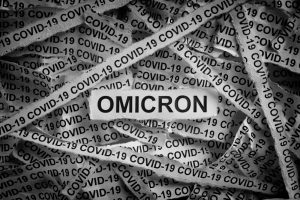
7. Luxembourg
With an EPI score of 79.12, Luxembourg falls in seventh place. In 2017, Luxembourg adopted a Water Act according to the Sustainable Governance Indicators Network, which provides farmers with subsidies from the country’s water fund to reduce groundwater pollution.
This also provides less money for outdated sewage treatment plants as an opportunity to comply with more environmentally friendly standards if they want the same amount of funding as before. Also in establishing water-protection zones Luxembourg excels. Ten zones (compared to the one that existed before) were completed within five years, and 24 are awaiting construction.
Then there is the National Nature Conservation Programme, which aims to develop environmentally sustainable infrastructures and restore ecosystems in Luxembourg. Some examples of the progressive methods the country is pursuing include “creating wildlife corridors across major roads and ensuring migration of aquatic species by restoring watercourses and by mitigating technical works,” according to the Biodiversity Information System for Europe (BISE).

8. Austria
In addition to implementing strict regulations on waste management, air pollution and the use of chemical substances (e.g., pesticides and fertilizers), Austria is especially notable for its organic farming industry. About 16.2 percent of all farm holdings and 19.2 percent of agricultural areas in the country are organic.
These Austrian farms have to follow certain requirements for farming to be considered sustainable, such as avoiding the use of chemical fertilizers and recycling agricultural waste. Meanwhile, according to the Pew Research Center, less than 1 percent of the total U.S. farmland is considered organic (though that figure is on the rise).
There’s also a complete ban on genetically modified food production across the world.











































